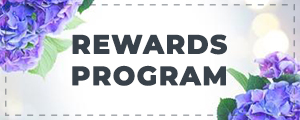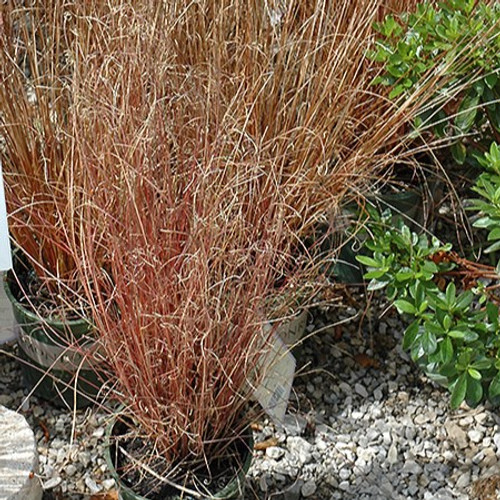| Carex elata 'Bowles Golden' | USDA Zone: 5-8 |
Bowles' Golden Sedge is primarily valued in the garden for its cascading habit of growth. Its attractive grassy leaves emerge lime green in spring, turning yellow in colour with prominent green stripes. The foliage often turns brown in fall. The tan seed heads are carried on plumes in late summer.
This sedge has bright gold foliage with thin green margins and is taller than most other sedges. It is an excellent choice as a highlight plant for a shade or water garden. 'Bowles Golden' is a moisture loving grass that needs to be constantly wet or moist to thrive. It will grow in shallow water and looks great around a pond with blue hostas.
Bowles' Golden Sedge is recommended for the following landscape applications;
- Mass Planting
- Border Edging
- General Garden Use
- Groundcover
- Container Planting
- Bog Gardens
AKA Carex elata 'Aurea'
Companion Plants: Forsythia, Dogwood, Clethra, Bee Balm, Turtlehead, Hosta
Common Name: Gold Sedge, Ornamental Grass
|
Key Feature
|
Light Needs | Landscape Uses |
 |
 |
|
|
|
|
| More About Bowles Golden Sedge |
| Height: 2-3 ft |
Spread: 2-3 ft |
|
Bowles' Golden Sedge does best in full sun to partial shade. It prefers to grow in moist to wet soil, and will even tolerate some standing water. It is not particular as to soil type or pH. It is somewhat tolerant of urban pollution. Consider applying a thick mulch around the root zone in both summer and winter to conserve soil moisture and protect it in exposed locations Cool Season Grasses: These grasses do the majority of their growing in early spring and start again when temperatures start to cool in the fall. During the warmer summer months, they stop growing and some will even go dormant. Cool season grasses flower in the spring or early summer. Most cool season grasses grow best in a consistently moist soil. Bowles' Golden Sedge is a fine choice for the garden, but it is also a good selection for planting in outdoor pots and containers. It can be used either as 'filler' or as a 'thriller' in the 'spiller-thriller-filler' container combination, depending on the height and form of the other plants used in the container planting. Note that when grown in a container, it may not perform exactly as indicated on the tag - this is to be expected. Also note that when growing plants in outdoor containers and baskets, they may require more frequent waterings than they would in the yard or garden. Be aware that in our climate, most plants cannot be expected to survive the winter if left in containers outdoors, and this plant is no exception. NOTE: Some flowers and plants may be harmful or poisonous to people or pets if touched or ingested. If you require more information before placing an order, please let us know in advance. |











